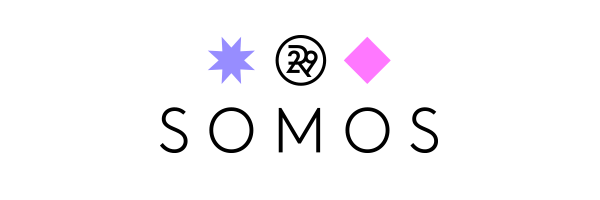I Went From Braiding On My Stoop To Styling Salma Hayek
It feels amazing now to represent Latinas in my career. It's hard enough for women in this once male-dominated industry, but then to be Latina, you had to push the boundaries. Back then, I was told to take off my hoops or not to wear my hair curly. It was a huge thing not to look Latina, and now everybody wants to look Latina. Latinos have this incredible passion and energy, and that's what people book you for: your energy along with your talent. I hope aspiring Latina hairstylists see that and aren't afraid to be themselves.







